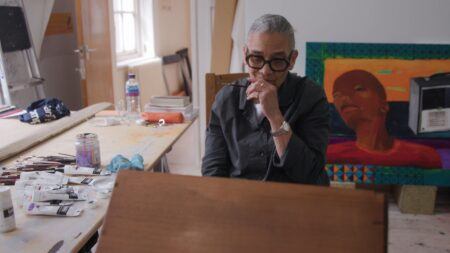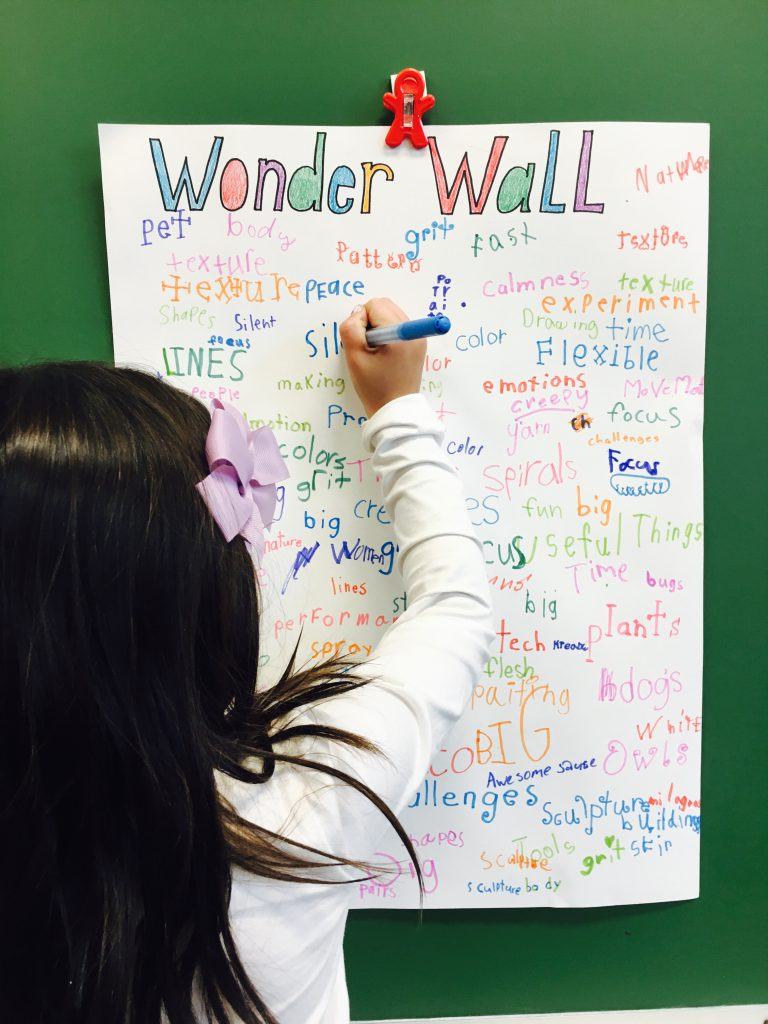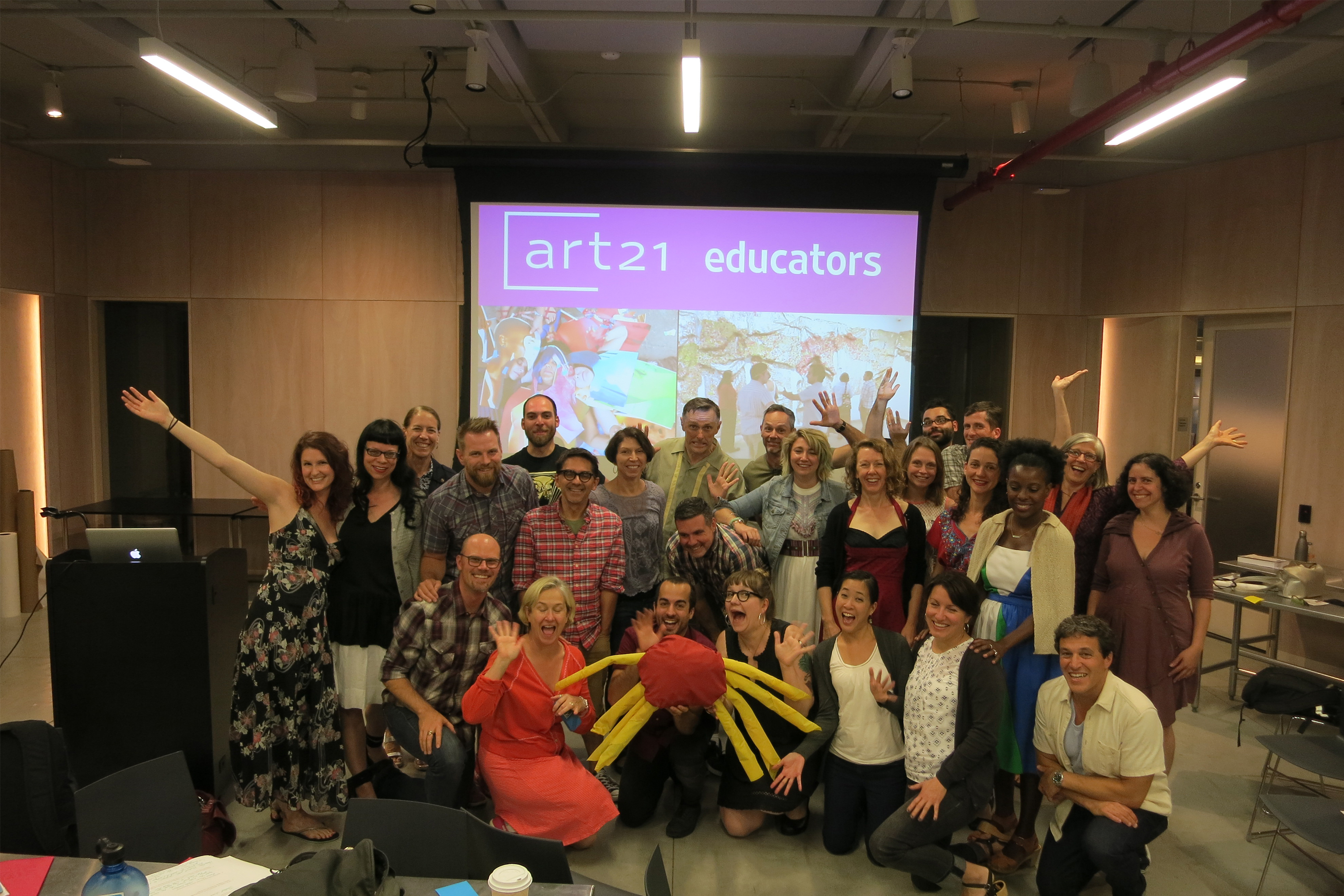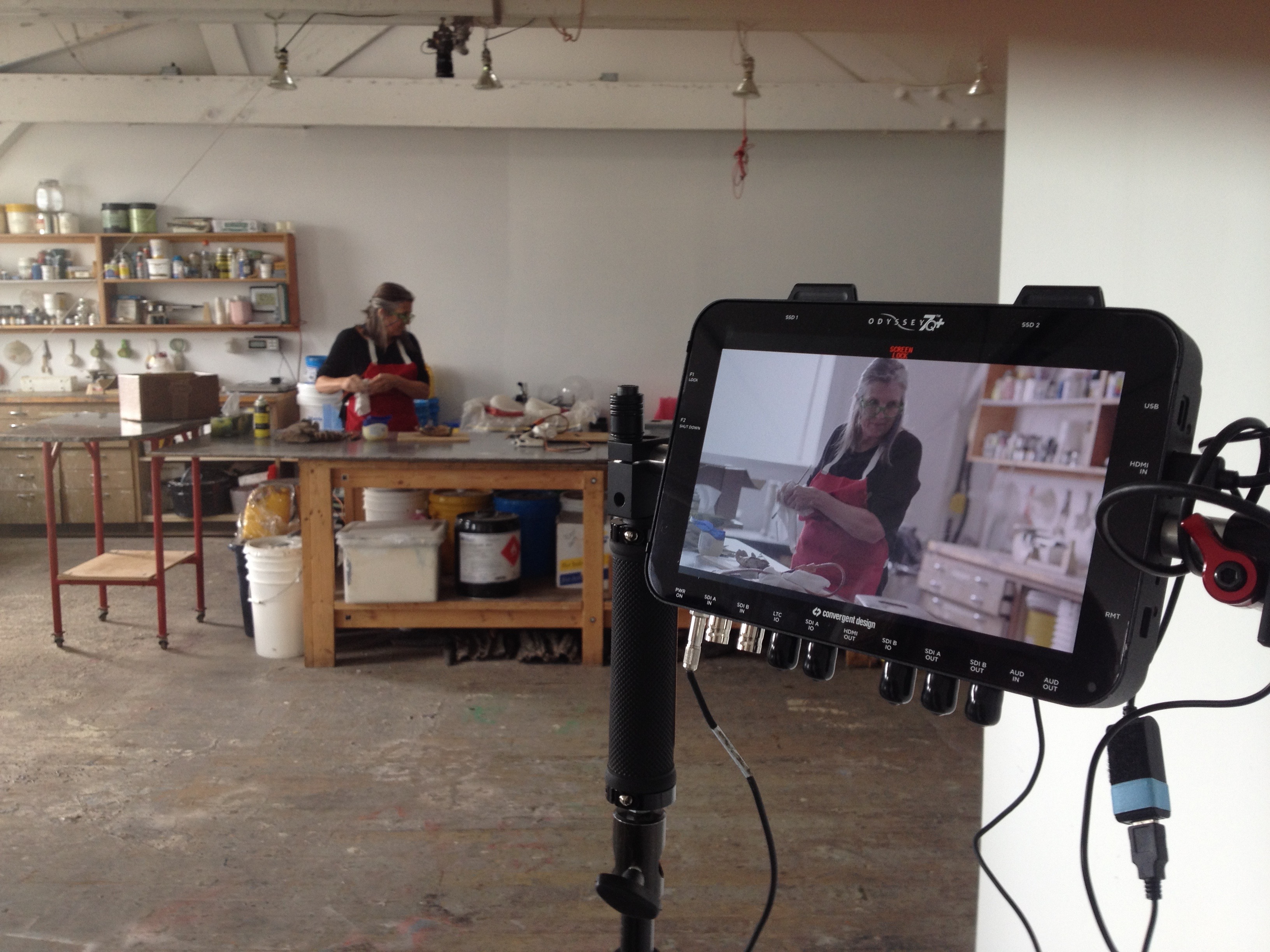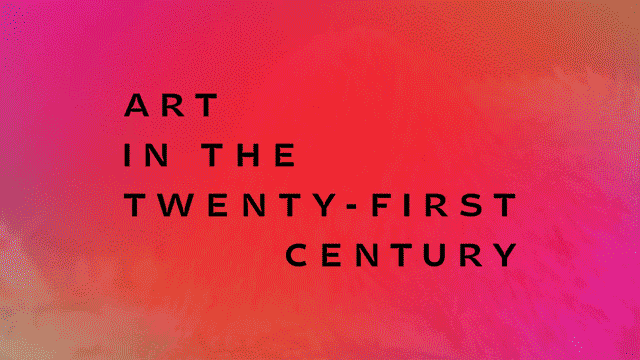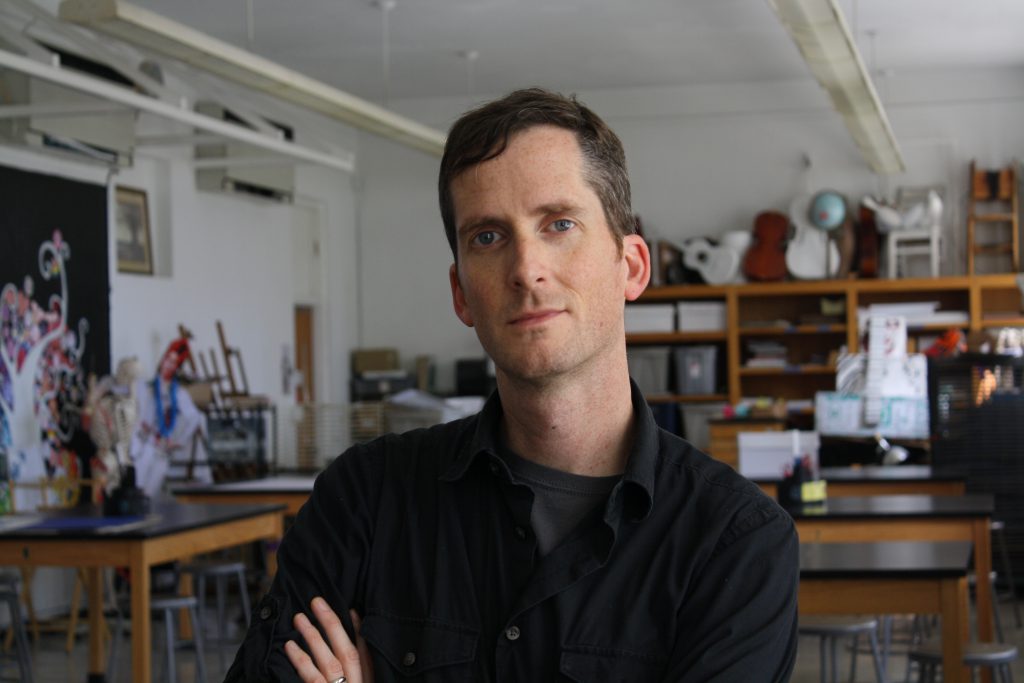This Giving Tuesday, we asked our community of Art21 Educators to speak on our behalf, sharing what aspect of their Art21 experience has been most valuable to them.
Shannah Burton, Year 4
The Art21 films make the creative process visible. Through these films, Art21 artists act as mentors for my young artists, who can see how artists collaborate, research, embrace ambiguity, experiment and play, ask questions, invent, engage communities, and protest. Art21 films do such an amazing job of turning the complex and often mysterious nature of creating art into something that helps to shape and root the creative process of even my youngest students.
By writing on the ‘Wonder Wall’—a continual collection of notes about what my first graders see Art21 artists wondering about—the students are able see the importance of curiosity and a sense of wonder in developing their own ideas about making art.
Thomas Dareneau, Year 5
During the first institute I had a moment of clarity thinking about the films and how they related to my classroom. We looked at a short clip from a Mary Mattingly segment where she was making clothes that captured and filtered water. She saw how art could directly respond to and create a solution to a very real problem. I began to think about my own school community and what issues could be directly addressed through art.
At the time I felt that our department really lacked a sense of community—we didn’t feel connected to the town, to the school, or even to each other. We were just teachers for the classes that kids attended; we didn’t have any real ownership or investment in the classes we led. With guidance from Art21 Educators and artist Oliver Herring, we introduced activities and lessons that built connections. We first started with TASK parties to break down social norms and create safe spaces for students to be themselves. We then introduced community projects that teamed students up with local businesses.
These projects ranged from the creations of window displays to creating work based on visits to local studios, galleries, museums and historical places. Recently my introduction to new drawing students includes creating work based on interviews they have conducted with people who influence and inspire them. This idea was borrowed from contemporary artist Laylah Ali whom we worked with at this summer’s institute. Seeing the growing divide in our country over the summer, and the need for understanding and empathy, I wanted to design a lesson where my students were forced to see the world from someone else’s perspective. I teamed up with another Art21 Educator Stacey Abramson from Winnipeg, and we collaborated on an animation project. Stacy asked her students to tell a story of a time they felt powerless. She recorded their voices and sent the stories to my animation students. My students then took the audio files and created moving text animations. The Art21 films and the Art21 Educators programs has completed changed the environment and relationships of our art department.
Stacey Abramson, Year 4
I have always turned to Art21 for inspiration for myself and my students since the start of my journey as an art educator. The possibilities that are opened up from watching artists work through their ideas in front of a camera allows my students to relate and develop new meanings from their own process of art-making. They see artists that look like them that are working with contemporary ideas that they can relate to—that is a very powerful reality for a teenager to connect with. Art21 is one of the only places that is bringing these critical voices to the masses.
With the current climate of North America, the work that is being explored in my classes is that of teenagers finding their voice in activism, power and protest through the vehicle of working with, and through contemporary art. Most recently, I was struck by the Chicago segment of the most recent season of Art21—specifically with the work of Nick Cave and Theaster Gates. Seeing Cave’s performances with his ornate Soundsuits in itself is breathtaking, but for my students to hear him connect his initial idea behind the works to concepts of protection and empowerment encourages them to investigate and harness their own voice in ways they may not have thought possible. Gates’ work has inspired both myself and my colleagues in the classroom. Showing students that “beauty can exist anywhere” grants them an invitation to look at the world through the lens of possibility rather than despair.
Jack Watson, Year 3
Art21 has brought the vast and sometimes unruly world of contemporary art into the lives of my students in meaningful and intimate ways. Through the various films and resources, art is no longer a picture in a dusty textbook or a solitary means of self-expression, but becomes a practical reflection of the students’ experience, or an insight into an experience different from their own.
Because the films are narrated solely by the artist, the communication between artist and student is direct. I recall, after a unit on family and storytelling based on the art of Kerry James Marshall, one student wrote in her final reflection that it was “so great to see an artist that looked like me, who I could relate to.”
If Art21 films have inspired you, please consider making a donation to Art21 today.
Not only will your contribution help us keep the cameras rolling, but you will allow us to continue to inspire audiences to see the world in new ways, through the eyes of artists.
